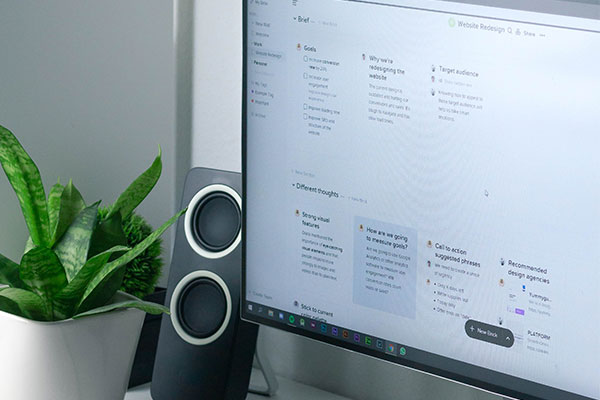AS Business Studies 9609
Business Studies – 5.5 Budgets
- Using budgets to measure the performance of a business
- Advantages and disadvantages of budgets
- Using incremental, flexible or zero-budgeting
- Variances in budgets (favourable or unfavourable
The purpose of setting budgets
Budgets are a vital part of the way a business is managed. Budgets ensure that the business has an agreed plan for future expenditure and income from sales. Budgets allow for allocating resources for spending and investment based on expected business activities in the coming year. Good budgets will reflect the business objectives.
Budgets can be used to measure performance
Measuring and assessing performance: Once the budgeted period ends, variance analysis is used to compare actual performance with the original budgets. This is an important way of assessing managers’ performance. It would not be possible to assess how well individual departments had performed without a clear budget and targets to compare actual performance.
Advantages of budgets
- Improves planning
- Allocating resources
- Setting targets
- Coordination within the business
- Controlling and monitoring
- Measuring and assessing performance
Disadvantages of budgets
- Managers may need training
- This can lead to unnecessary spending
- Focus on the short-term
- Lack of flexibility
- Unrealistic budgets can negatively impact motivation
- Budgets for new projects
Flexible Budgets
The central concept of understanding a flexible budget is to consider the following. If you can tell me what your activity was for the period, I will tell you what your costs and revenue should have been. Fixed budgets assume that the level of output remains at the predicted or budgeted level. If actual output is above or below this level, then there will be obvious variances, but these will not necessarily indicate real efficiency problems. To solve this problem we should use a flexible budget.
Preparing a Flexible Budget
To prepare a flexible budget we need to remember that total variable costs change in direct proportion to changes in activity. Total fixed costs remain unchanged within the relevant range.
Advantages of flexible budgets
Using a flexible budget will show revenues and expenses that should have occurred at the actual level of activity. This can help managers prepare for any activity level within a relevant range. As a result, flexible budgets will reveal variances due to good cost control or lack of cost control this will improve performance evaluation.
Flexible budgeting allows for costs within the budget to vary if sales or production vary from the budgeted
levels.
Remember budgets are not forecasts although they may be based on sales forecasts. Budgets are targets for departments and people in the organisation to reach.
Fixed (static) budgets are prepared for a single, planned level of activity.
Zero budgeting: setting budgets to zero each year and budget holders must argue their case to receive any finance.
Favourable variance: when the difference between the budgeted and actual figure leads to a higher-than-expected profit.
Adverse variance: exists when the difference between the budgeted and actual figure leads to a lower-than-expected profit.
Evaluating budgets
Budgets can fail to reflect changing circumstances and become inflexible. This could be due to external changes leading to long-term budgets becoming inaccurate. One solution would be to use flexible budgeting as a means of helping to manage change. Managers may think of a budget as limiting this could impact spending and not meet the needs of their departments. Setting budgets and measuring performance against budgets is an important management function.
When it comes to fixed budgets performance evaluation is difficult when actual activity differs from the planned level of activity.
Budgets for large new projects
Setting budgets for big large new projects is often very difficult and inaccurate. This is particularly true if similar projects like a super-fast train line have not been undertaken before. Consider the HS2 train line and the estimated budget when the project was started.
Incremental Budgets
Variances in Budgets (Favourable and adverse)
Causes of cost control variance
Two primary reasons for unfavourable cost variances are:
1. Spending too much on resources.
2. Using the resources inefficiently.
Case study tip
Try to ask yourself how much of the total variance is due to activity and how much is due to cost control. This will help with [APP] and [AN] marks.
Zero Budgeting
Section A 5.5 Budgets Practice for Paper One
Section B 5.5 Budgets Practice for Paper One
Students are also Interested in:
Revision videos

Marketing in an Analog World
11 sections • 28 lecture • 19h 33m total length

Metrics with Google Analytics
11 sections • 28 lecture • 19h 33m total length

Email Marketing
11 sections • 28 lecture • 19h 33m total length

Range of Business Topics
Lorem ipsum dolor sit amet, consectetur adipiscing elit.

Expert Teacher
Lorem ipsum dolor sit amet, consectetur adipiscing elit.

Unlimited Access
Lorem ipsum dolor sit amet, consectetur adipiscing elit.
Get Additional Business Studies Resources!
Get access to additional business studies resources including sample questions and detailed examination feedback.
